Congratulations to Lynnea Salvo for setting a new WUCA record for the Europe N-S record in the following categories: Officiated, Female, 75-79 age-group, upright bike. She also set the “oldest” category at 75 yrs 1 day.
This also sets the new Guinness World Record for: Oldest Female to ride Europe N-S on standard bike at 75 yrs 1 day!
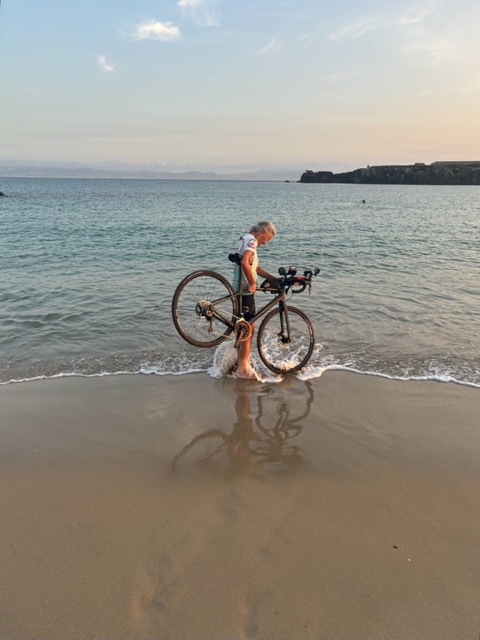
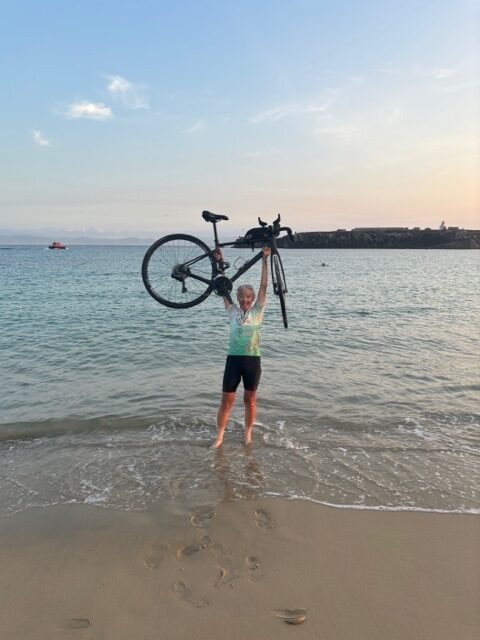
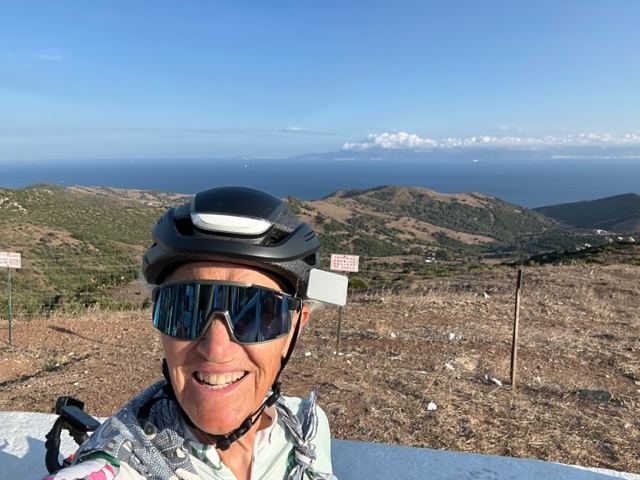
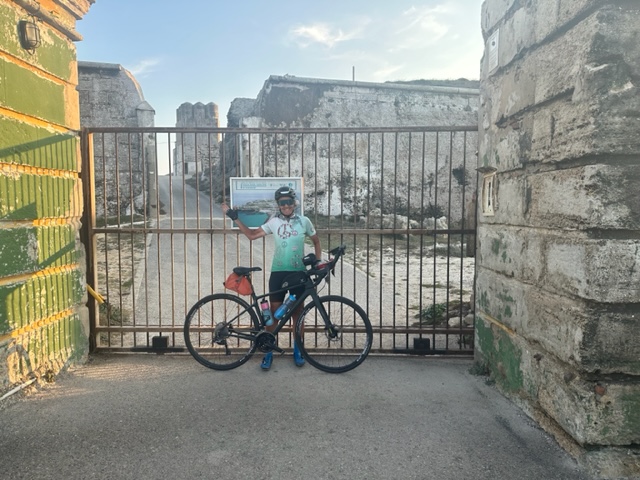


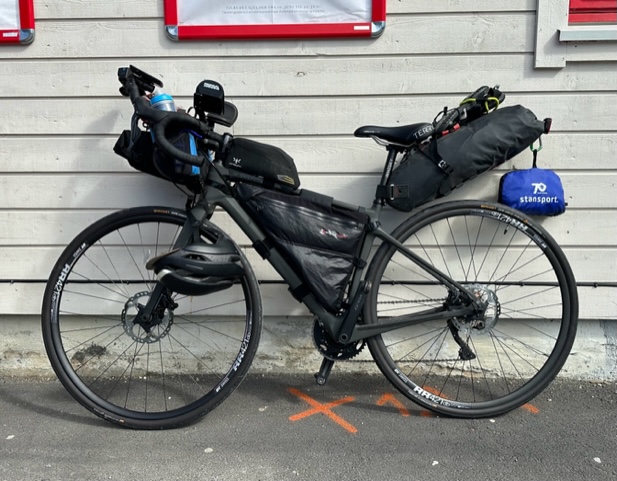
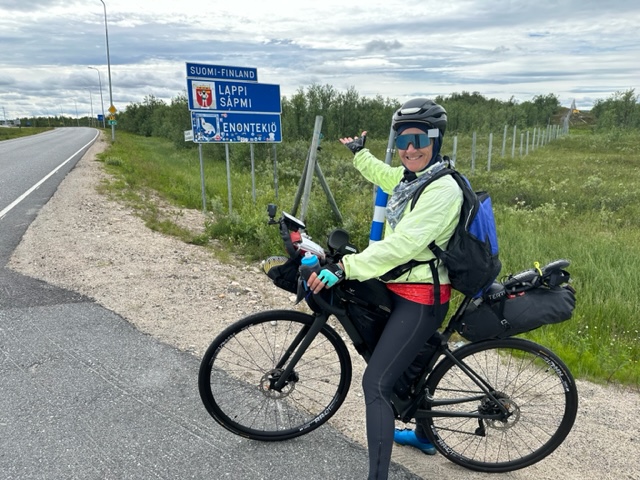

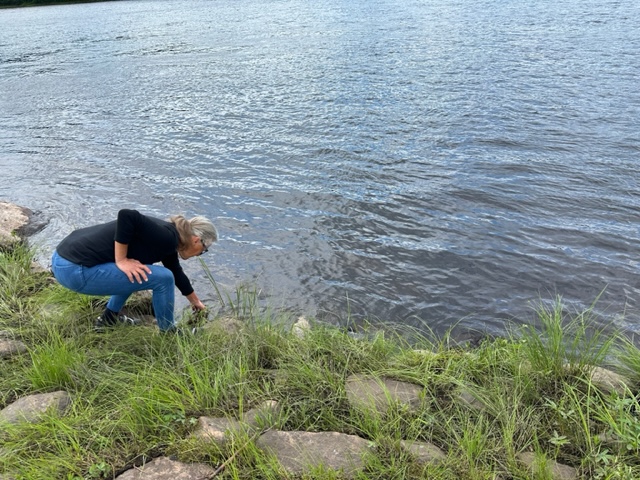

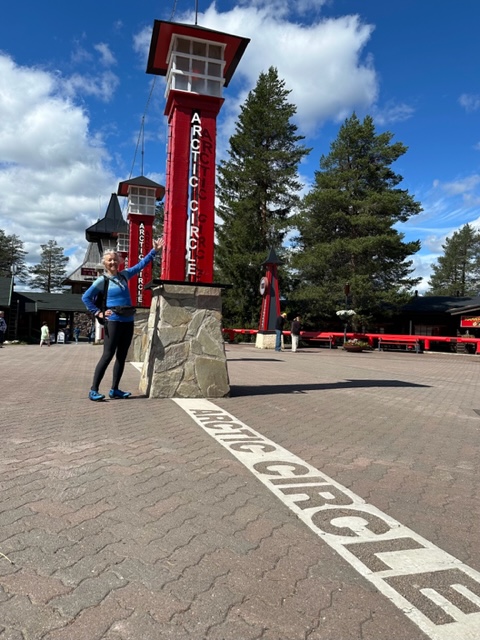
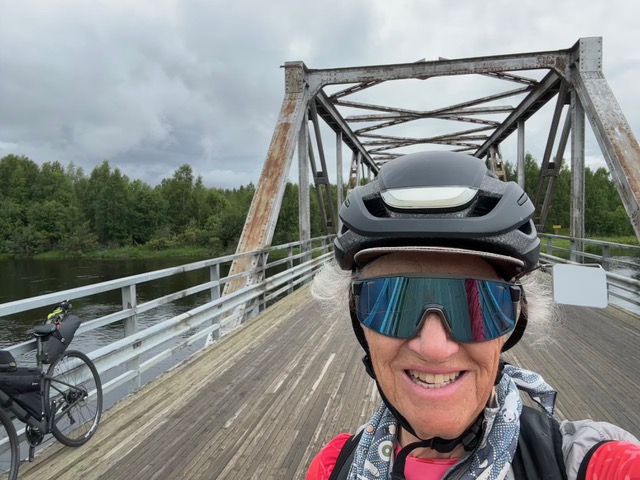
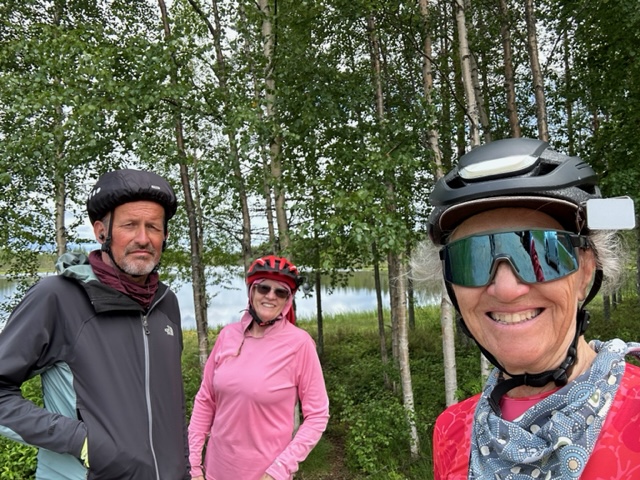

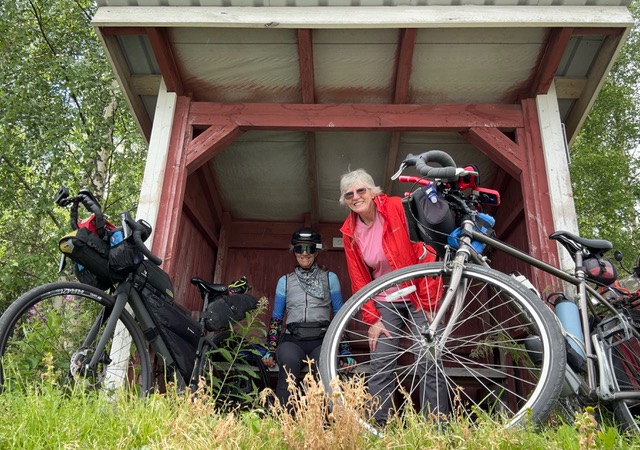

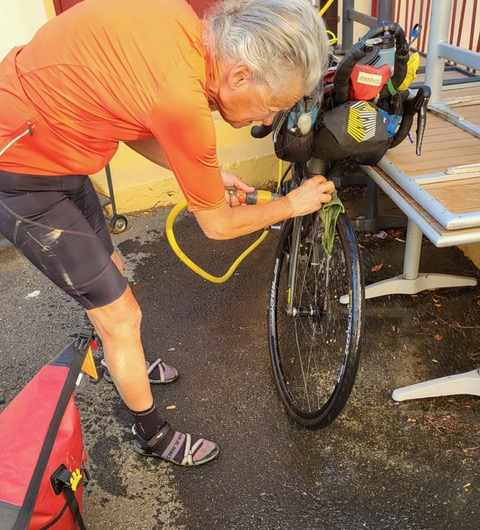
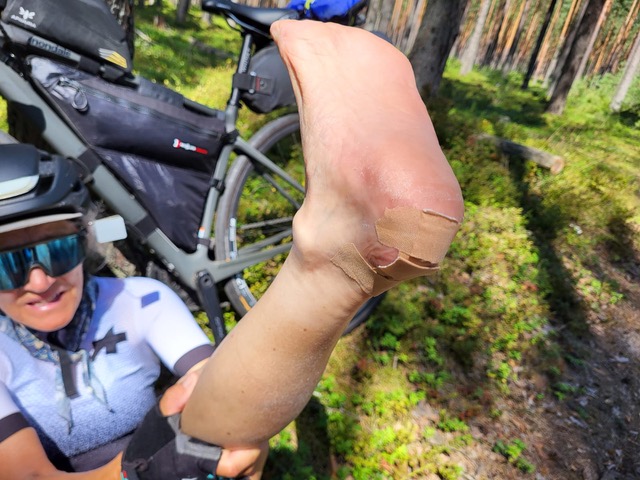
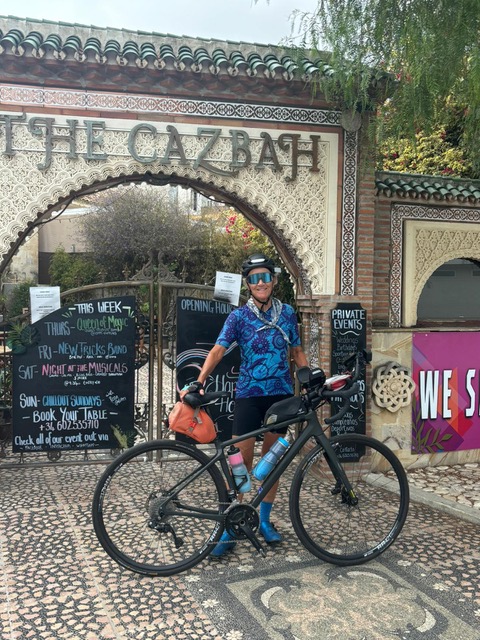
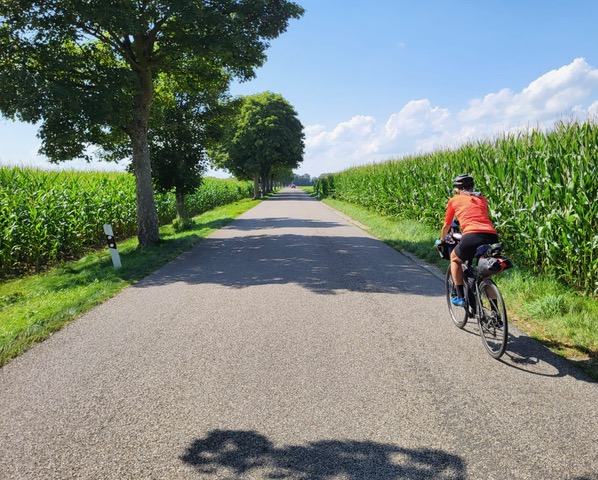
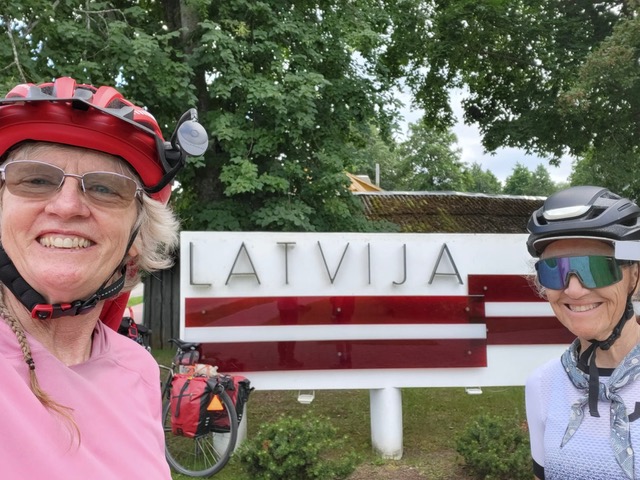
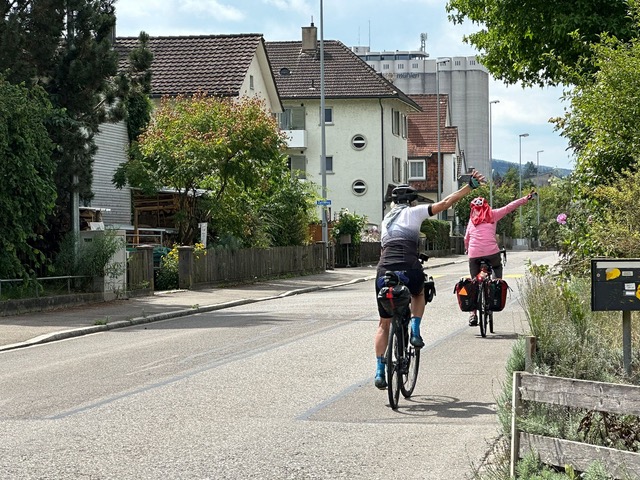
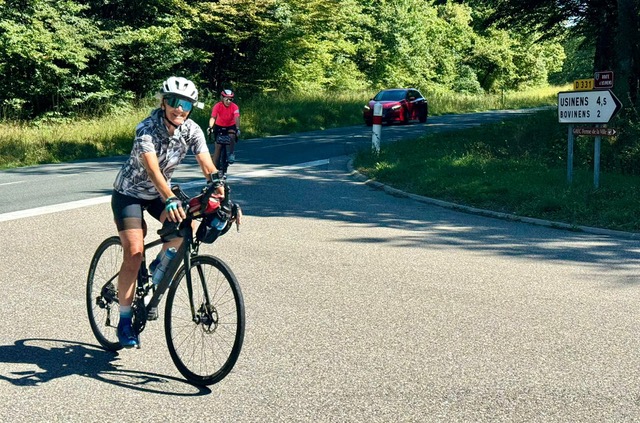

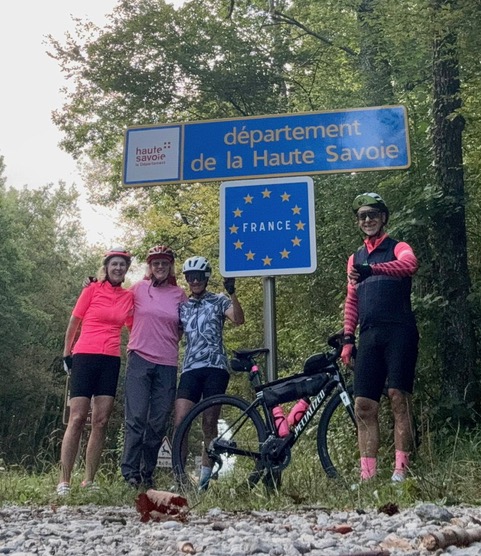
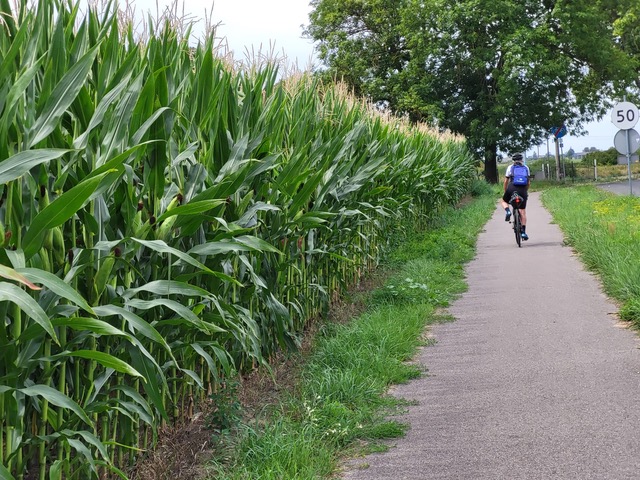
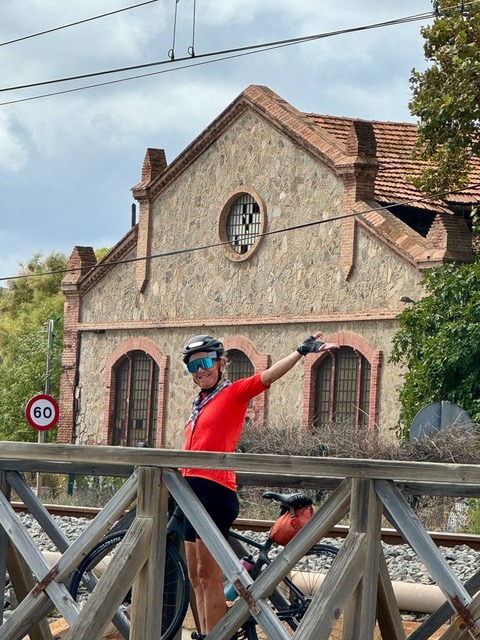

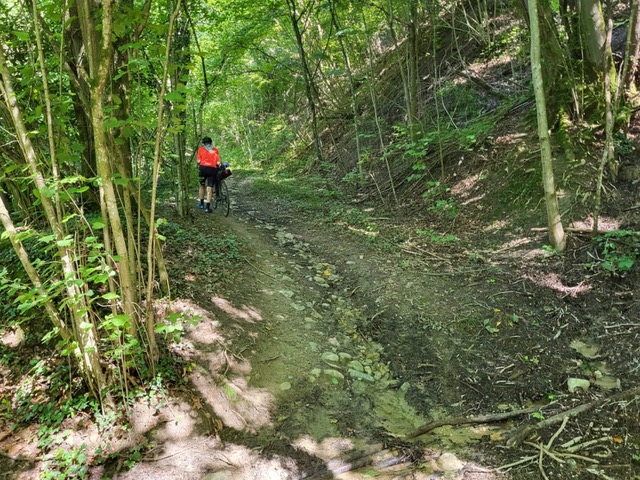


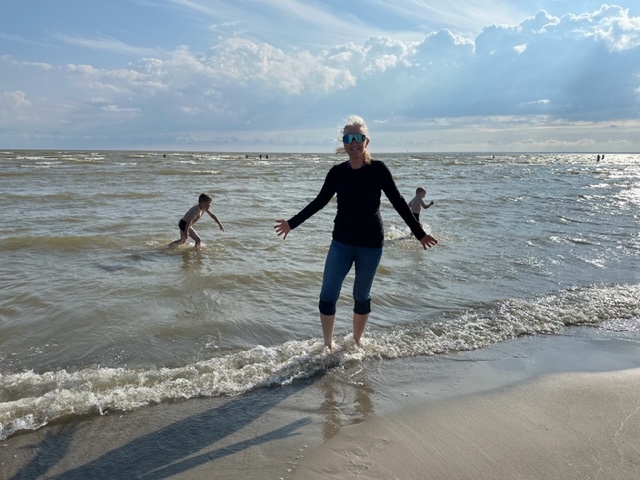


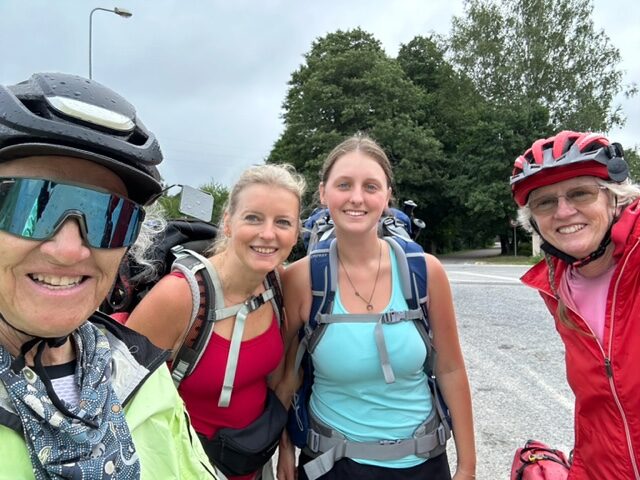
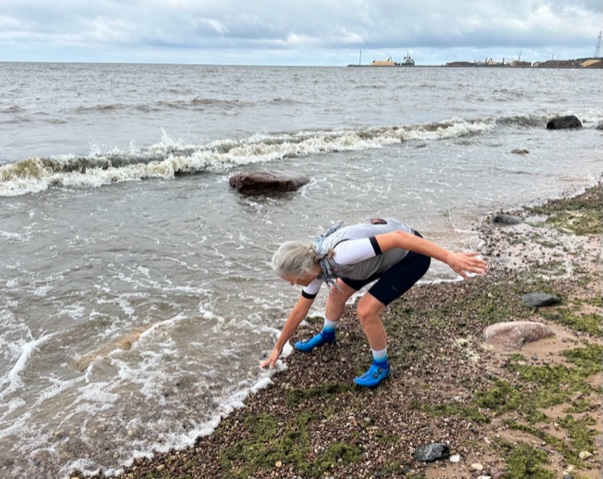
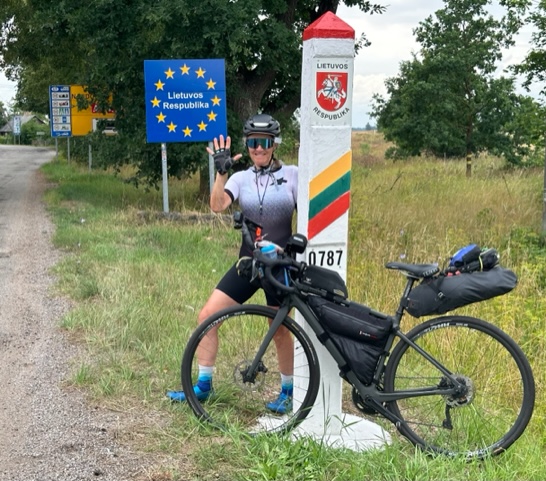
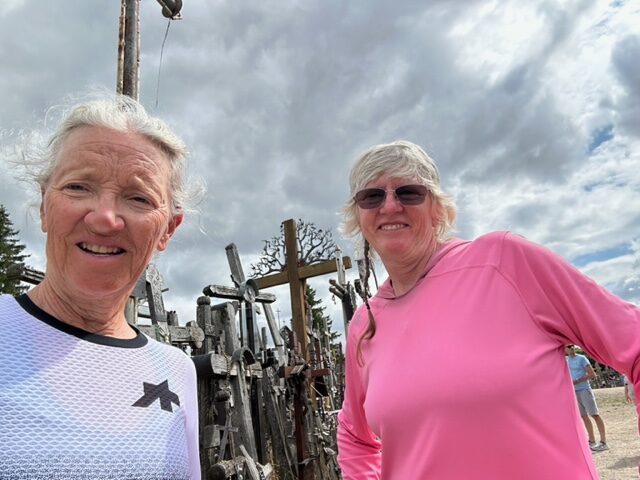


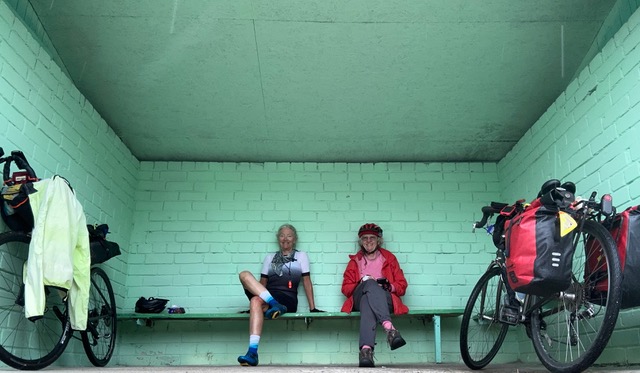
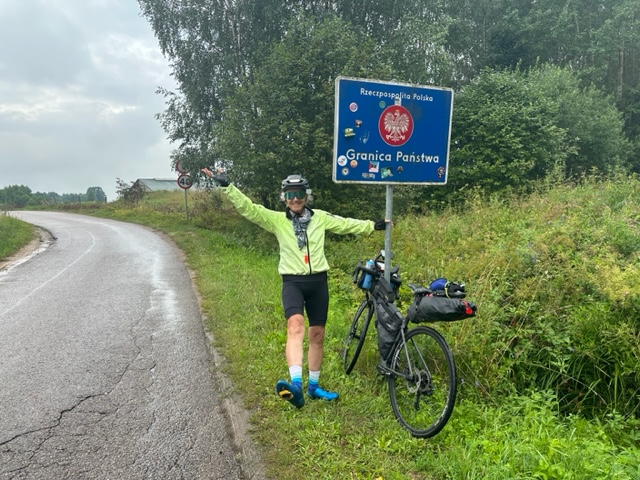
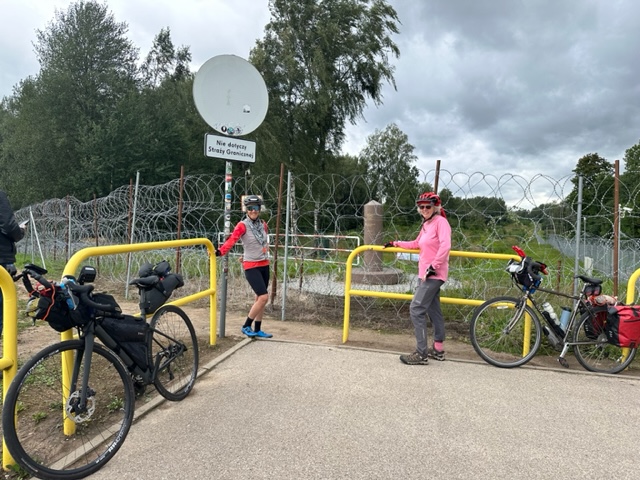
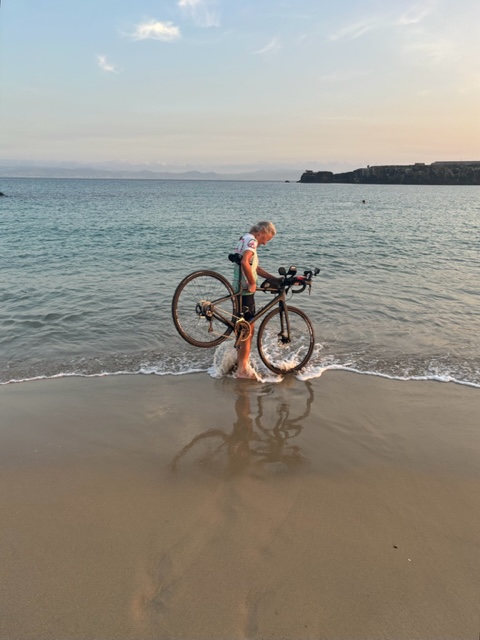

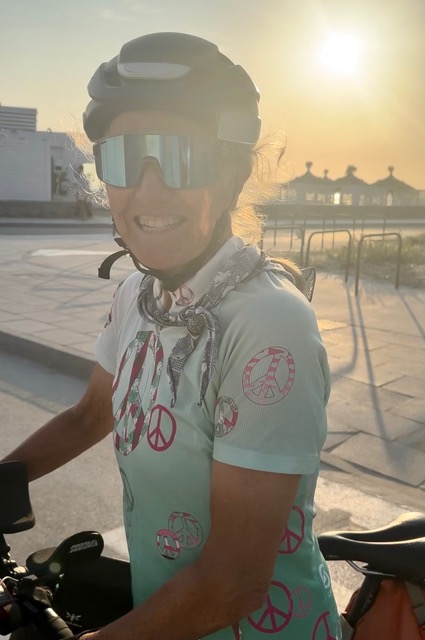
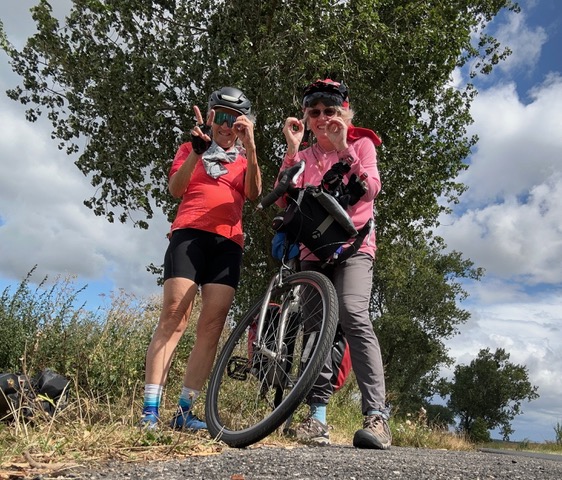
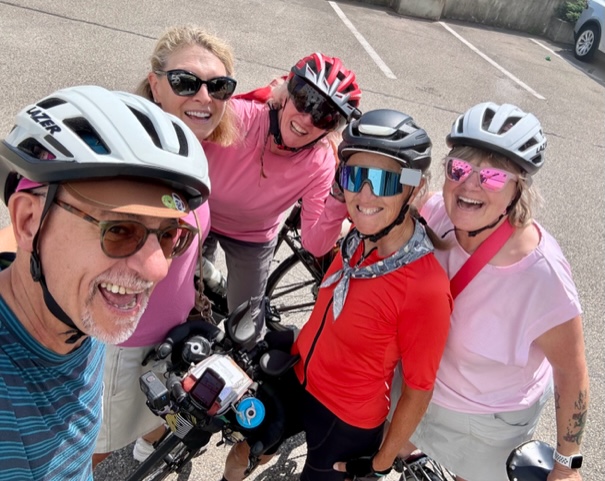
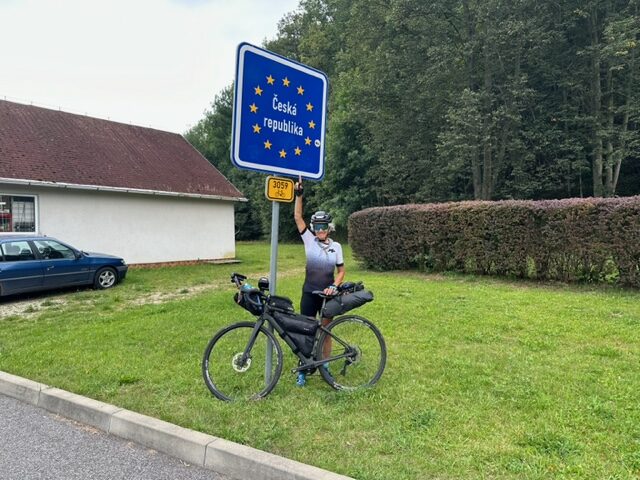
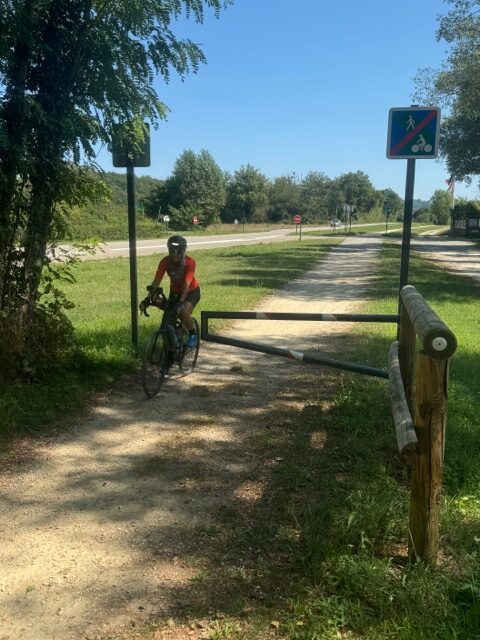
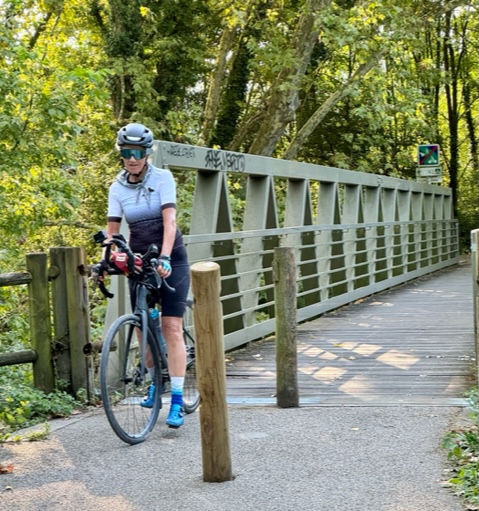
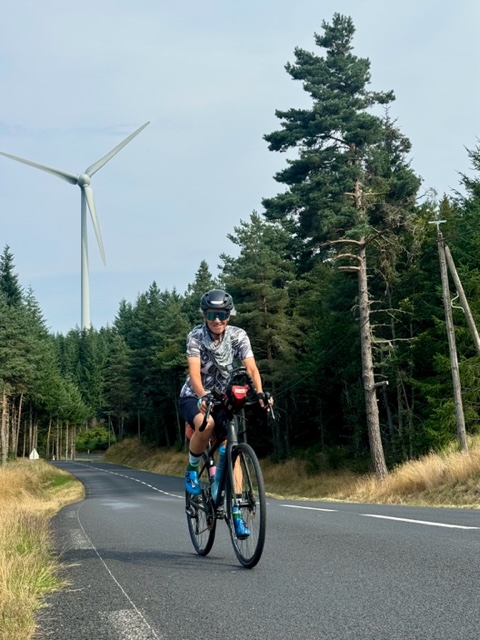
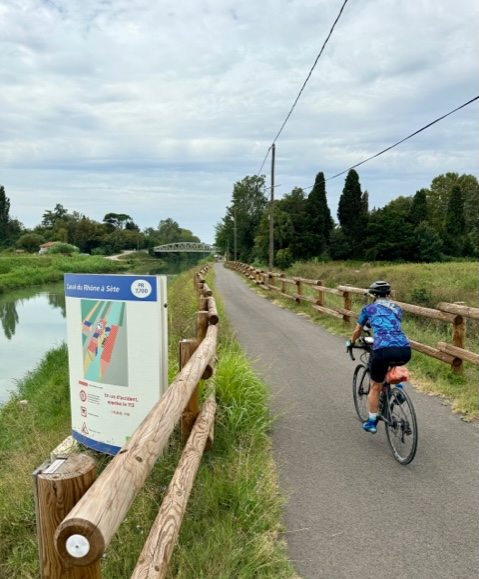



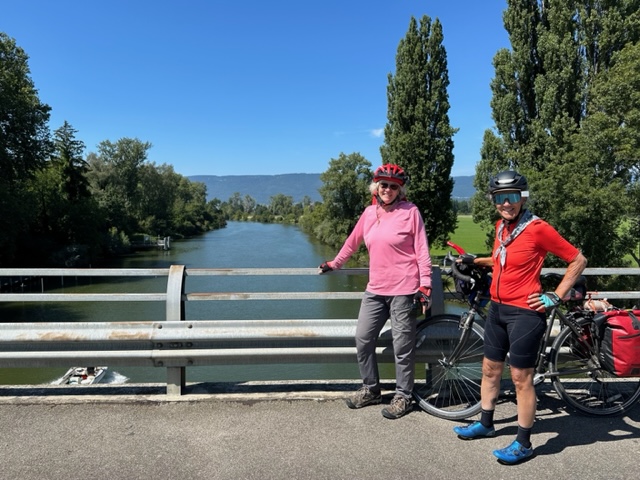
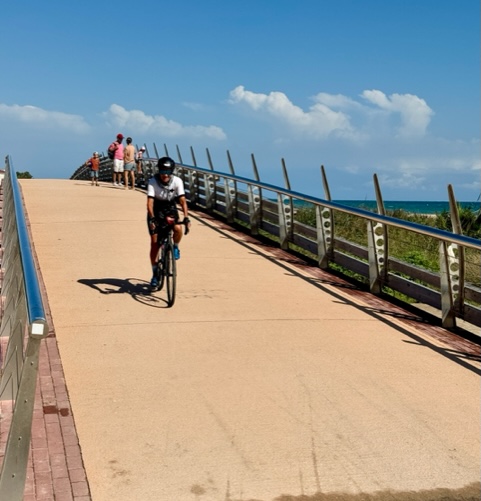
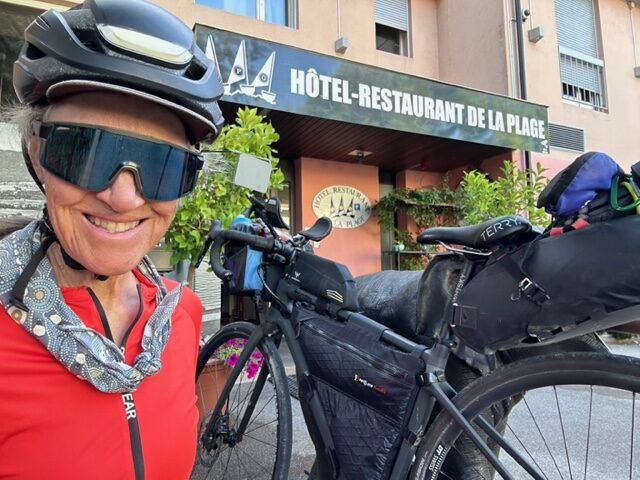
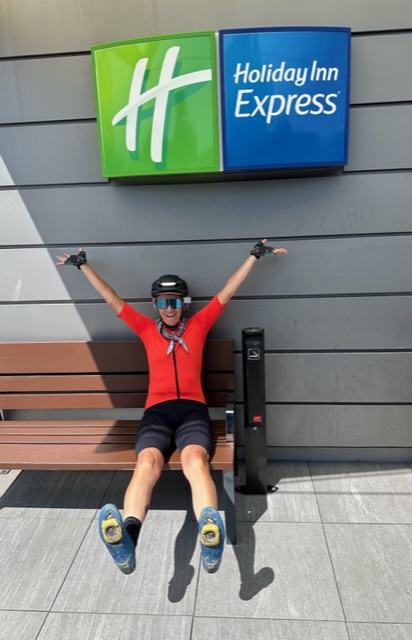
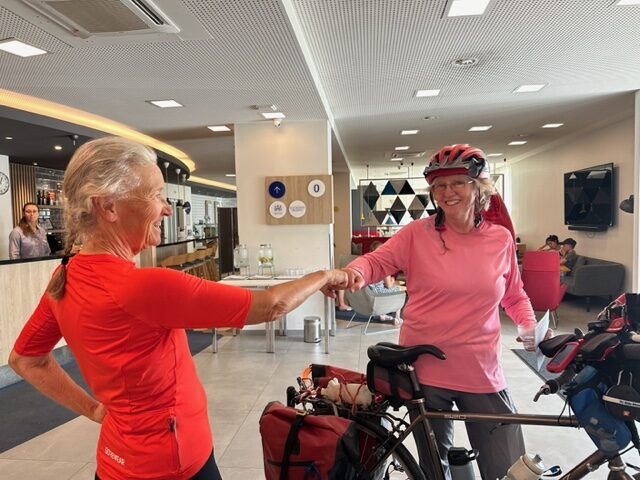




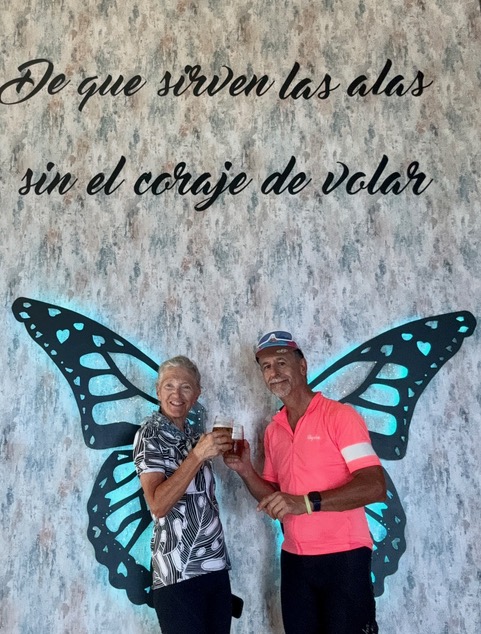
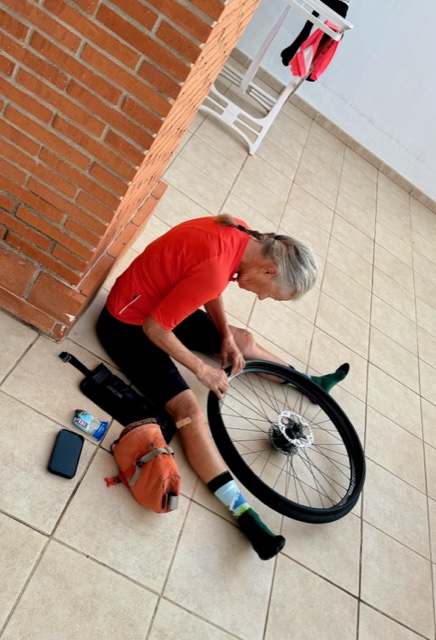

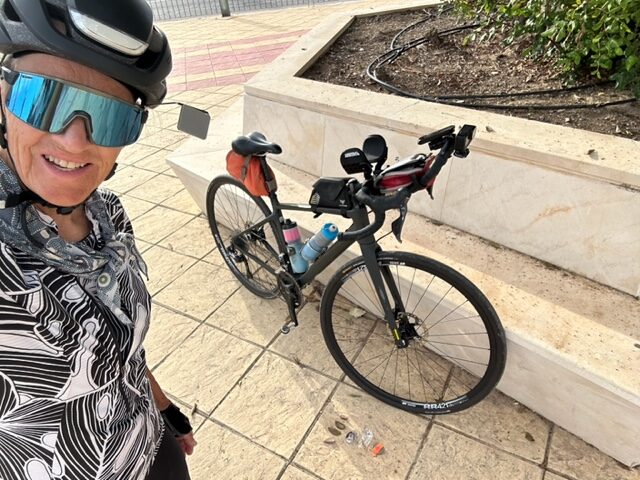
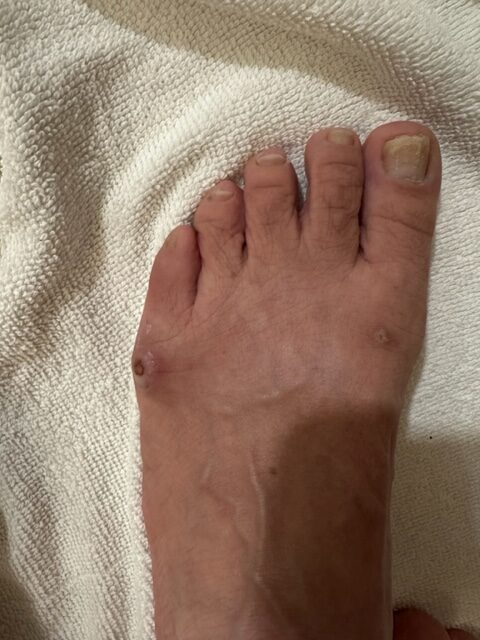
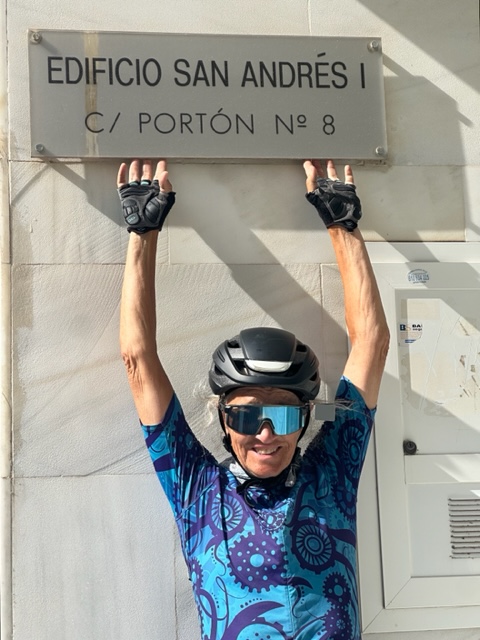
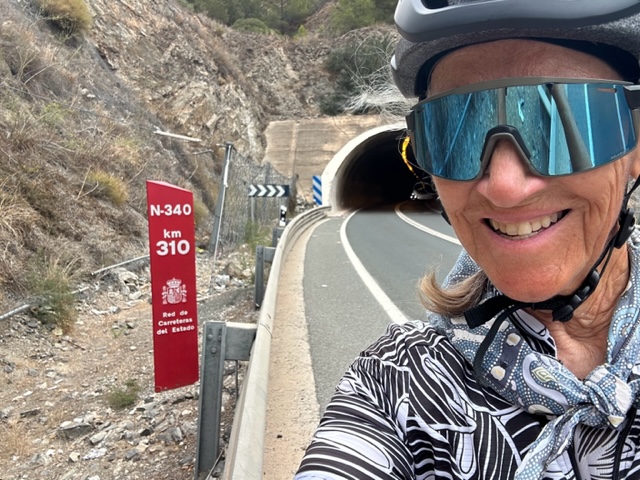
My Trek Across Europe
On June 19, 2024, in thick fog, cold rain, and gusty 30 mph crosswind, I posed for the start photo at the globe on the cliff overlooking the Arctic Ocean at Nordkapp, Norway. My friend, Callyn Worcester, and I rode away without seeing the Arctic Ocean on our way southward across Europe. I was attempting to set a record for the oldest woman to bicycle across Europe north to south. Guinness World Records had approved the attempt in 2018, but I didn’t feel I knew enough about cycling in Europe to try right away. In 2019, my focus was on completing numerous segments of a major cycling project to create the shape of a peace sign with my tracks. Therefore, 2020 was the first time I was ready to attempt Europe. That year, the attempt was thwarted by COVID. I had reserved 2021 to finish the peace sign ride. I booked my next Europe attempt in 2022. That was the year Russia invaded Ukraine. In 2023, I reclaimed my record for Oldest Female to Bicycle across the US. In 2024, I planned the trip for the third time. As the start neared, I wondered what might prevent me from starting this time. Nothing did.
We had planned to start at midnight from the Arctic Ocean with the Nordkapp to Tarifa racers, but weather conditions were worsening by the minute. Larry Oslund, my records manager, had approved starting a few hours earlier than planned. At 8:54 PM, we ventured into the wind, rain, and cold. The dangerous weather conditions at the start made me wonder for a few hours if this was a good idea. Callyn said it was the worst ride she’d ever done in her life.
We rode self-supported. I cycled on a feather-light carbon Cannondale Synapse in a bikepacking setup. My bike, my stuff, and I totaled 160 pounds. Callyn rode a sturdy steel bike with panniers. My bike was an 11-speed with Continental Grand Prix 4 Season 32 mm tires. She was built days before I left when my previous bike started to show serious signs of aging after 40,000 miles of use. Quickly, the new bike’s name became Europa. Europa’s tires carried me over 4000 miles before the first and only flat. I wore Shimano S-Phyre shoes. I called them my sapphire slippers and I loved them. However, over a period of two years, without realizing it until I was well into this trip, the left shoe was too tight and caused a large corn to develop on my foot. By the time I got to Geneva, it was painful. I tried medicating it with salicylic acid to wear down the skin, but developed a wound instead. The pain became excruciating. Days before I finished, I cut a slit, then a flap, in the shoe to relieve pressure.
My diet was normal for me. I am vegetarian so I leaned on eggs and cheese for protein. I carried two bottles of water on my bike, with ice whenever it was available. Food in Europe was superb, breakfast in particular. At a lodging in Znin, Poland, just the dessert table at breakfast was about 12 feet long.
There were two major parts to the ride. The first 2900 miles were self-supported with Callyn. Her time in Europe was limited by Schengen rules. I had received an Italian passport just before I left, (through being married to my Italian husband for over 50 years!), so I did not have the same limitation. A new team arrived in Geneva, including Bruce (Boomer) Cabarle, Beth Donahue, and Mary Sattazahn. Beth would drive the support car. Boomer and Mary would ride with me. Unfortunately, on her very first day, Mary had a serious bike crash in an orchard, was taken to a hospital, treated and stabilized, then flew back to the US for further medical attention including surgery. Six weeks on, she is healing, thanks to physical therapy and her great attitude. I cycled the remaining 1400 miles with Boomer.
The theme of my bike rides is peace. For that purpose, I included stops at a peace monument in each of the twelve countries on my route. Some were actually places of horror, such as Dachau, Germany, that eventually led to improvement in the human condition. A few were genuine places of peace. The Red Cross Museum in Geneva, Switzerland was one. The most memorable was the city of Le-Chambon-sur-Lignon in France, situated on a plateau where many families sheltered Jewish children during World War II. The house where we stayed was one such shelter, and its current owners, Veronique and Renaud, cherished its heritage. I had been in touch with Veronique since 2020, the first time I planned the trip, and we felt like old friends when we finally met. Renaud, was an amateur chef who learned to cook at his grandmother’s knee. Her one rule: You must eat what you cook. The two dinners that Renaud presided over were works of art that went on for hours.
Spain was the hardest part of the trip. I had planned a route that veered somewhat inland from the coast to save time, but a local cyclist warned us that the inland route was difficult. Indeed, one day’s route had 17 miles of hilly gravel. At the last minute, instead of embarking on that gravel route, we decided to return to the coast. At 11 PM, we created a route for the next morning. We generally enjoyed the N340 as a through secondary highway, but it blended with the fast highway A7 as we got to the south of Spain. Neighborhoods were cut off from one another by the highway. To get through them, we had to cross the highway numerous times on pedestrian bridges. We never knew when a route would be blocked by road construction or by a gated community. Indeed, there were several route failures that required reroutes on the fly.
My 75th birthday occurred on a Saturday, the eve of the finish. I began the day on a beach boardwalk. A kind young lady warned me that bikes could not be ridden on it on the weekend and that she’d seen police ticketing cyclists. Walking my bike was painful because of the corn, so I coasted without really riding when I could and walked when there were pedestrians around.
September 22 was the final day. It, too, was challenging. I encountered a rock field and blocked roads. I had to find my way around them in the moment. After nearly eleven hours of cycling, I arrived at the gate to Isla de las Palomas in Tarifa, Spain, at 7:32 PM, as the evening wind rose. In all, from Arctic wind to windy Tarifa, from the solstice to the equinox, I cycled 4329.5 miles, farther than either of my flights to and from Europe. I was ready to rest.
